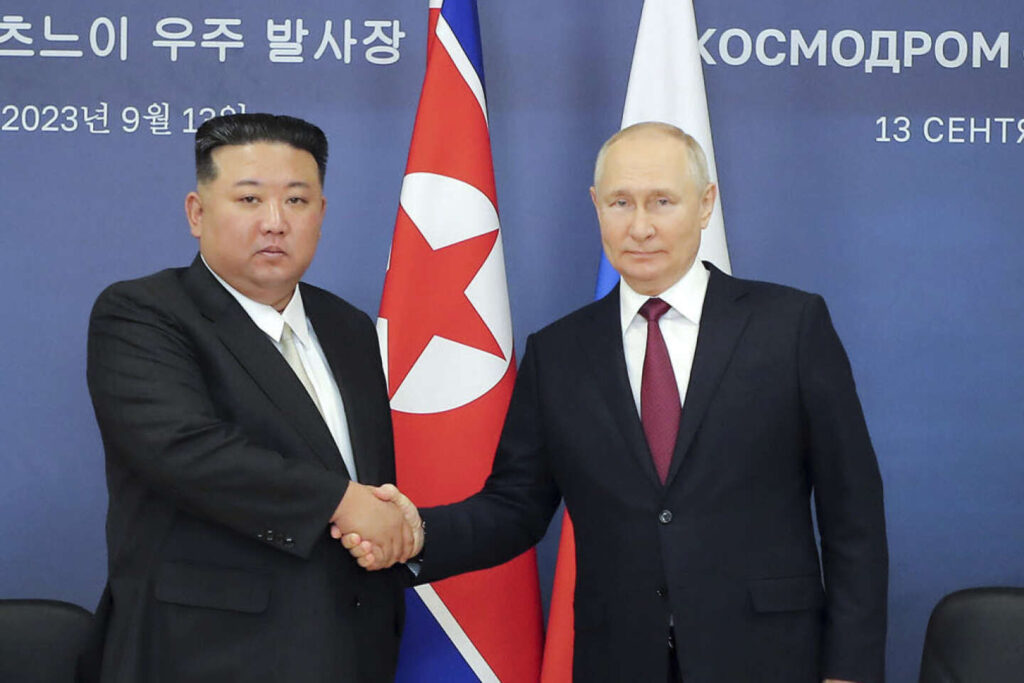
Russian President Vladimir Putin is set to embark on a “friendly” visit to North Korea on June 18, as confirmed by the Kremlin. This diplomatic move comes amidst international scrutiny over potential weapon exchanges between Pyongyang and Moscow, particularly concerning Russia’s military operations in Ukraine since February 2022.
The trip holds strategic significance for Putin, who seeks support and resources to sustain his military campaign, which has led to Russia facing severe global isolation. This visit follows a previous meeting between Putin and North Korea’s Kim Jong Un in the Russian Far East, where mutual admiration was exchanged.
Putin’s upcoming visit underscores the historically close ties between Russia and North Korea, dating back to the Soviet era. Despite Pyongyang’s diplomatic isolation, Russia has maintained working relations with the reclusive state. The two nations share a small land border and have a shared history stemming from Soviet assistance during the Korean War.
This visit is Putin’s second to North Korea during his tenure, the first being 24 years ago. It is a rare occasion given Putin’s reduced international travel amidst heightened tensions and sanctions. The Kremlin’s leader is largely unwelcome in Western nations, facing international sanctions and being wanted by the International Criminal Court.
Amid accusations of North Korea supplying arms to Russia for use in Ukraine, both countries deny these claims. However, international observers remain vigilant, especially as South Korea, a staunch Ukraine supporter, imposes separate sanctions on Russian and North Korean entities allegedly involved in military trades.
The visit also coincides with tensions in the Korean Peninsula, with reports of North Korean shells discovered in Ukraine and Pyongyang’s missile tests raising concerns. As Putin strengthens ties with North Korea, relations with South Korea have strained, further complicating the geopolitical landscape in the region.
Putin’s visit to North Korea holds implications not only for bilateral relations but also for regional dynamics and ongoing global conflicts, highlighting the intricate web of diplomatic maneuvers amidst international crises.
Sources By Agencies



